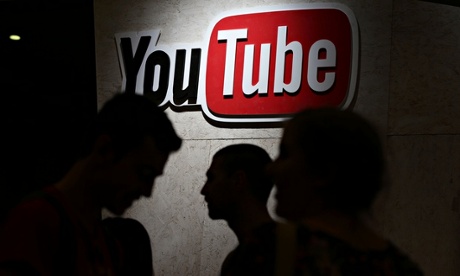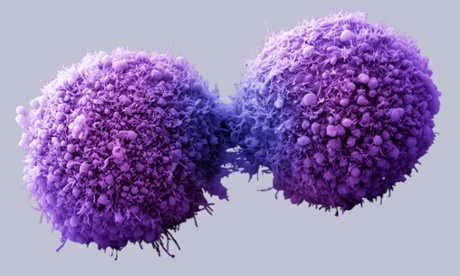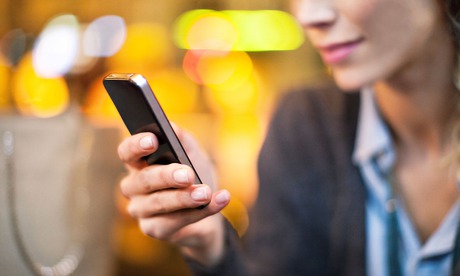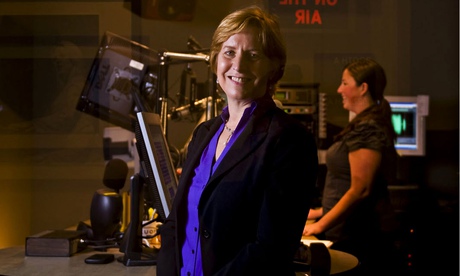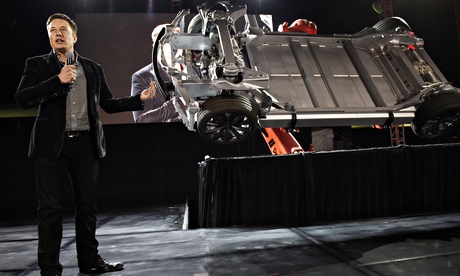This article is about how YouTube is considering different ways to charge viewers for watching YouTube videos. It discusses how their previous attempt to charge those via subscriptions had failed in 2013. It also states that there will be a point when viewers will say that they dont want to see ads anymore.
- The company has previously said that “almost 40%” of its watch time comes from mobile devices.
- Wojcicki revealed the new statistic during an on-stage interview at the US Code/Mobile conference, where she added that YouTube’s overall watch time is still growing at a 50% rate annually.
- In May 2013 it introduced subscriptions as an option for some of its channel owners, enabling them to charge people to watch some videos, and keep 55% of the proceeds.
